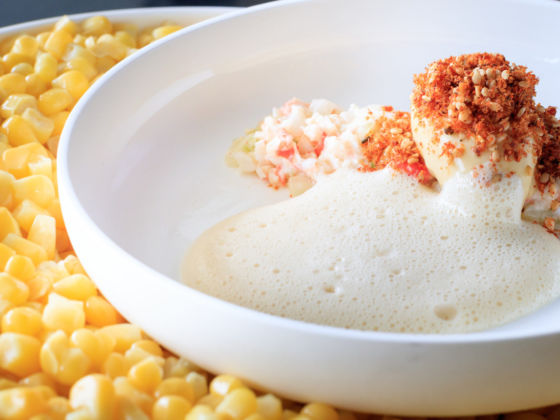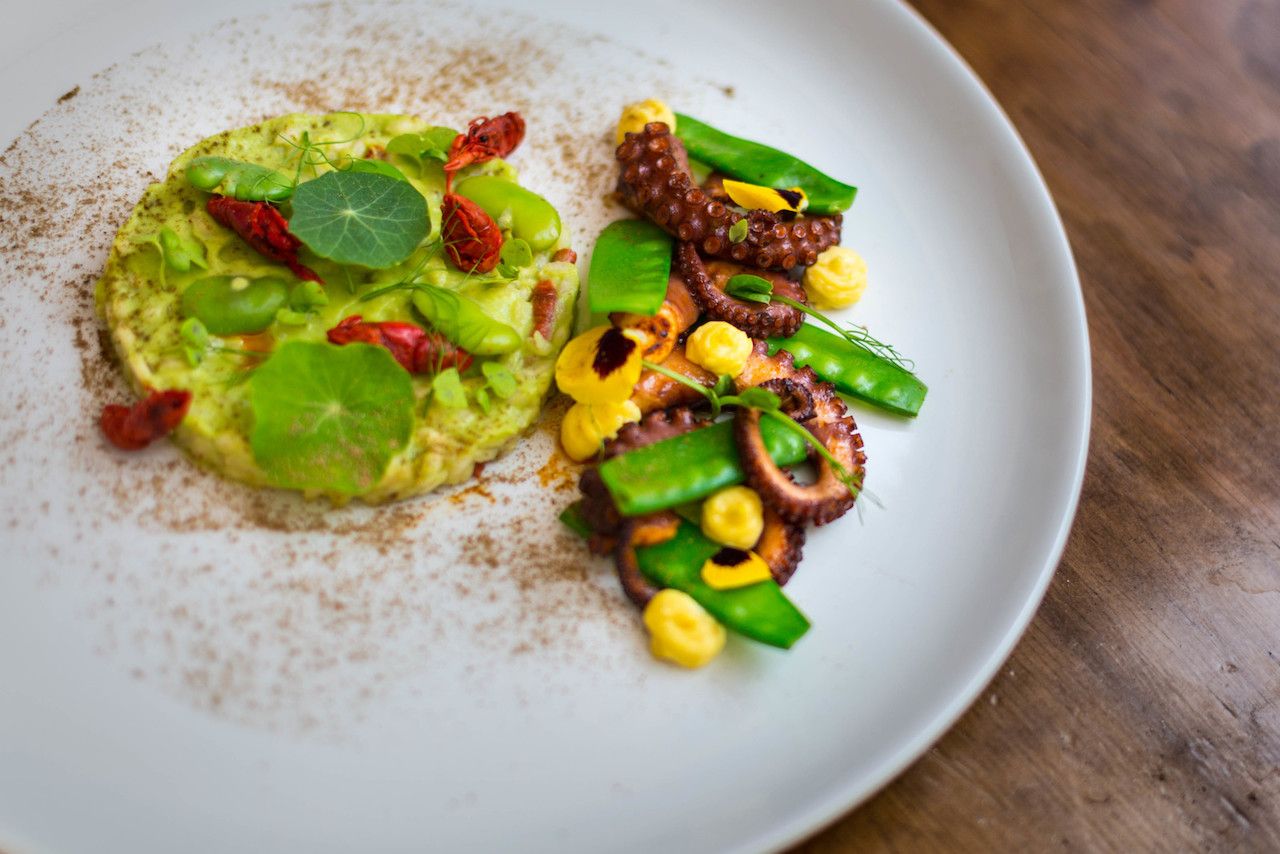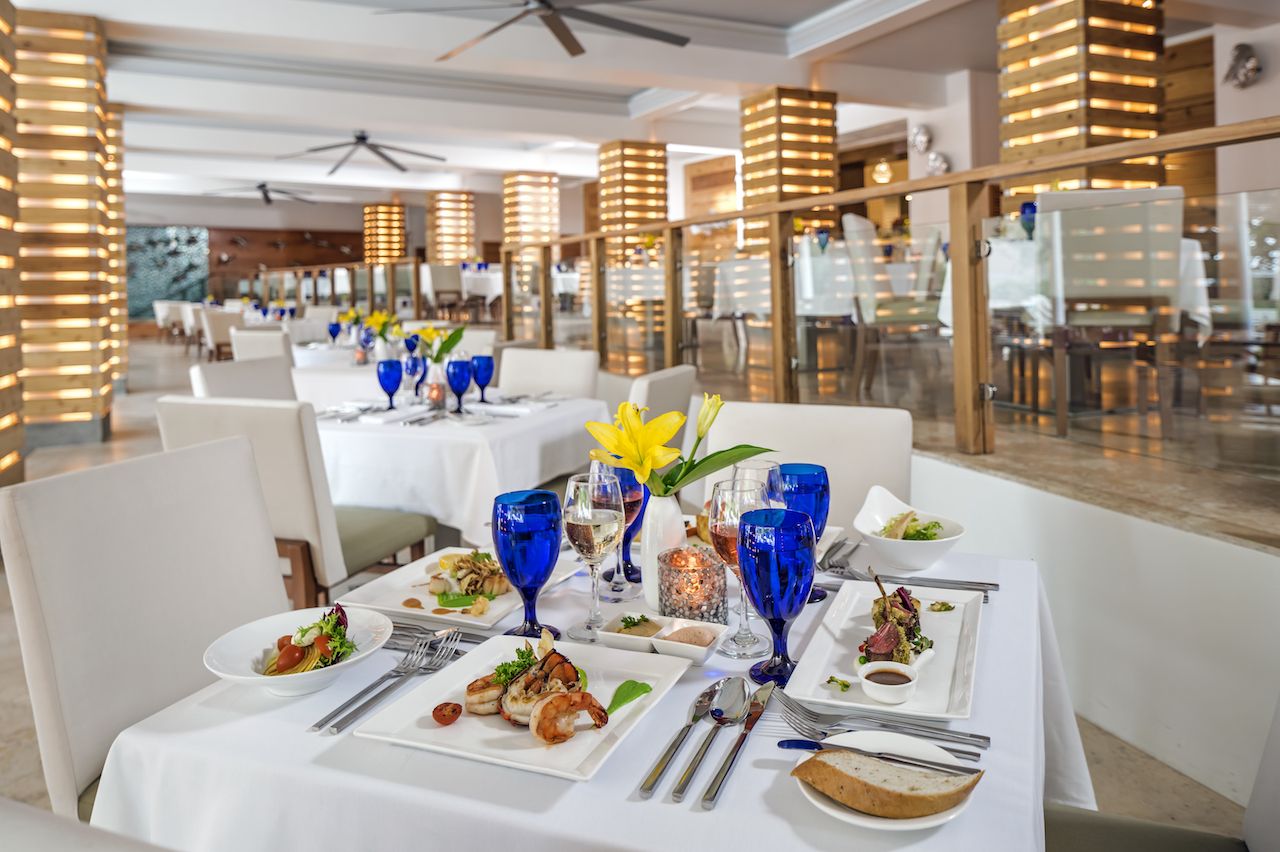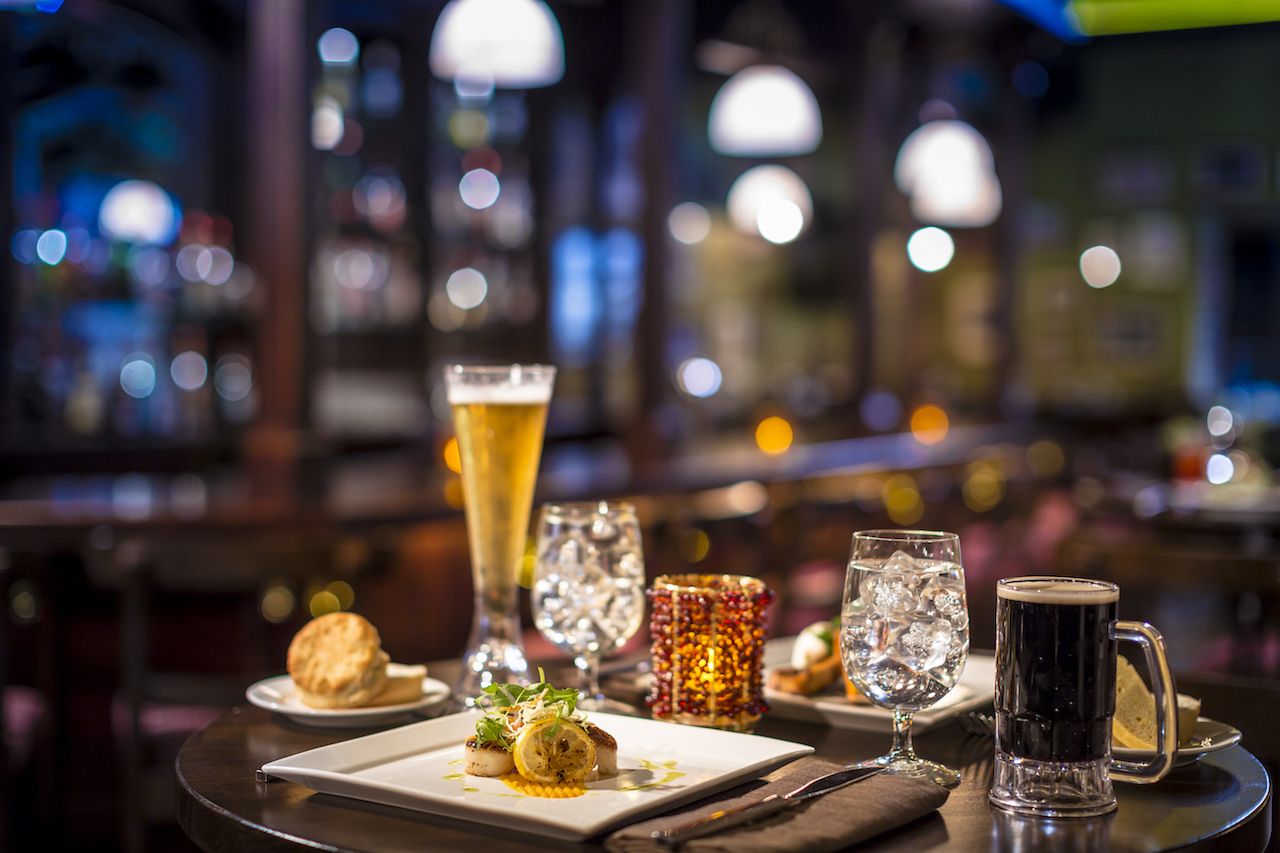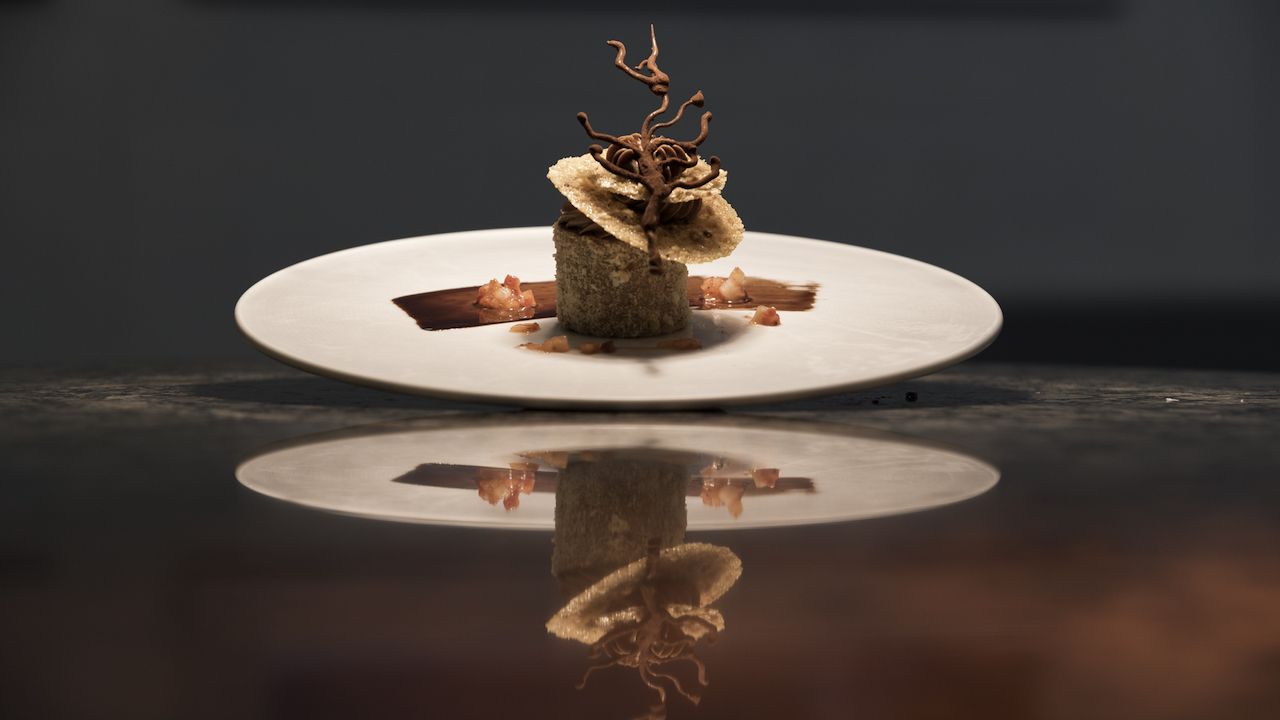When I was 14, the food at Club Med was the greatest thing I’d ever seen.
Instead of the plates of carefully placed organic spinach salad and tabbouleh I was used to at home, I found endless bowls of spaghetti tossed in beef-filled tomato sauce. I had whole pizzas I could just take. Trays of cookies. A guy who’d cut me all the prime rib I wanted.
